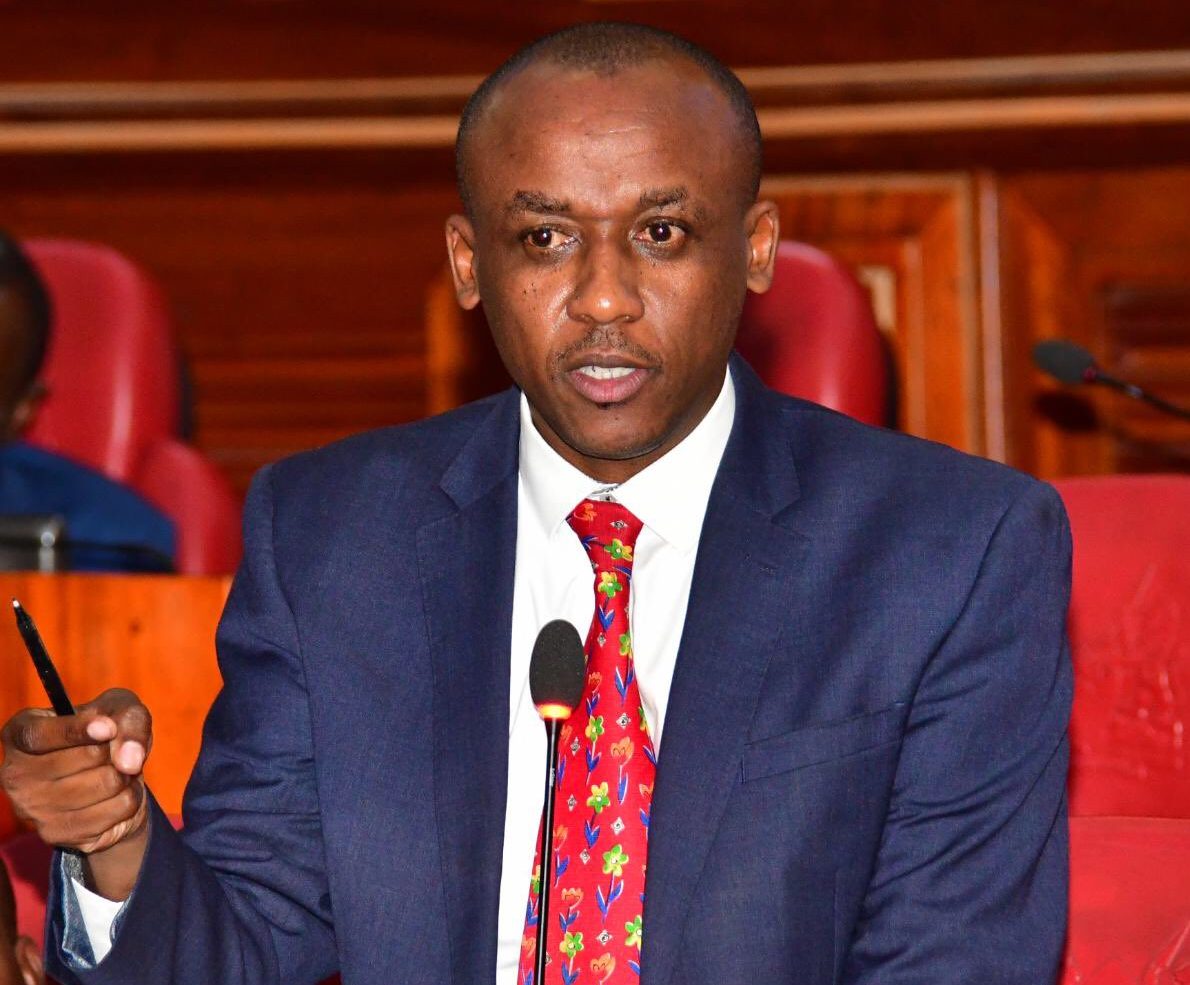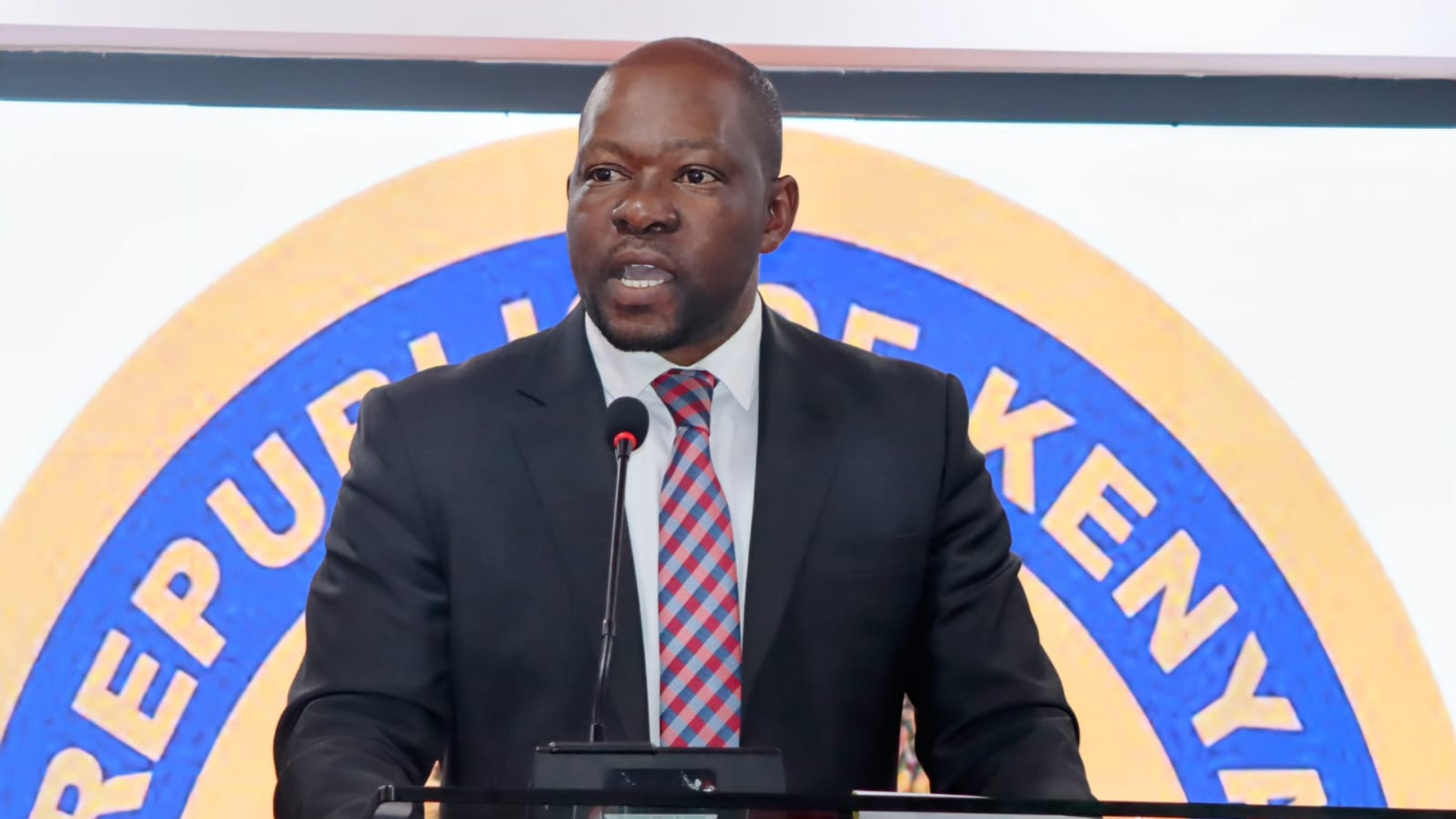Mombasa resident recounts tale of SHA nightmare

Whenever the Social Health Authority (SHA) is mentioned, David Onyango, a resident of Nyali, Mombasa, feels a deep sense of exasperation.
David recalls December 16, 2024, a day that should have been one of relief but turned into a nightmare. His 10-year-old daughter had spent a week admitted at Pandya Memorial Hospital, Mombasa.
As he headed to the admissions desk to finalise her discharge, he was met with a shocking revelation—his SHA status was listed as ineligible.
“At first, I was angry at my employer. If I was ineligible, it meant my employer had not remitted payments despite deducting money from my salary,” Onyango recounts.
What followed was a gruelling, hours-long ordeal. His daughter remained stranded in the paediatric ward as he made frantic efforts to resolve the issue. He placed over 20 calls to his company’s Human Resources manager and made countless trips to the SHA offices in Mombasa, searching for answers.
When he arrived at the SHA office, confusion hung thick in the air. People sat in the waiting area, uncertain of where to go. At the front desk, a SHA attendant was fixated on her phone while those seeking assistance waited helplessly.
Payment details
“I asked which queue to join, but no one seemed sure. A security guard eventually directed me upstairs,” Onyango recalls.
Upstairs, he found an officer identified as Theuri on a lengthy phone call. He waited. Twenty-two minutes later, Theuri finally acknowledged him.
After reviewing Onyango’s case, Theuri requested proof of payment—an SHA e-receipt and a bank transfer statement. Onyango quickly contacted HR, who provided the documents, confirming his employer had indeed made the payment on time, on December 9, 2024.
Armed with this proof, Theuri escalated the matter to SHA headquarters in Nairobi. But even as they waited for the system to update, nothing changed. Onyango kept calling the hospital, but his SHA status remained ineligible.
As the hours passed, the situation became dire. By 4pm, hospital staff were beginning to wind down for the day, yet his daughter still couldn’t be discharged. The bill stood at approximately Sh236,000, with SHA supposed to cover Sh17,800.
Without clearance from SHA, Onyango was left with no choice but to pay out of pocket.
“I waited another hour, but nothing changed. I had to pay Sh17,800 myself just to take my daughter home,” he said.
Onyango’s ordeal mirrors the growing frustration among Kenyans as SHA struggles to function, six months after its rollout. While the government insists the system is a success, reality tells a different story.
Grim picture
Across Mombasa County, both patients and healthcare providers are grappling with its failures.
“Right now, no one truly understands how SHA is supposed to work. Officials claim it’s operational, but here on the ground, we are struggling. Patients scheduled for surgery are stuck in wards because the system rejects their applications. They’re forced to pay in cash, which many can’t afford,” a senior medic at Coast General Teaching and Referral Hospital told us, painting a grim picture.
Even private hospitals are feeling the effects. The once-bustling outpatient departments have seen a sharp decline in patients.
“People are opting to treat themselves at home,” noted an attendant at Community Medical Centre in Kongowea.
Patients are equally disillusioned. Dennis Mambo, a registered SHA member, lamented how this month alone, he had spent over Sh7,500 on medical bills for his family, yet SHA is deducted from his salary.
“What exactly are we paying for?” he asks.
George Mkunde from Mikindani echoed the frustration after spending Sh17,300 to treat his family’s flu and rotavirus infection.
“Healthcare is a matter of life and death. Why rush this rollout when it’s not ready? People are suffering, especially those who relied on NHIF,” he says.
The Kenya Medical Practitioners, Pharmacists, and Dentists Union (KMPDU) has also voiced concerns, with Coast Branch Secretary Dr Ghalib Salim Ali calling SHA a “scam”.
“Dialysis patients are only covered for one or two sessions a month when they need five or six. Cancer patients are authorised for just one chemotherapy cycle instead of the required multiple sessions. Where are we heading as a country?” he wondered.
Despite the outcry, President William Ruto remains firm on SHA’s implementation, arguing that the system will curb fraud that plagued the now-defunct NHIF.
Speaking at the funeral of Malava MP Malulu Injendi in Kakamega County, the president dismissed the backlash, claiming the criticism largely stems from individuals who exploited NHIF’s loopholes.
“They do not want a system that works because they want to keep stealing. That era is over. We are only going to pay for services rendered,” Ruto declared.
He insisted that the government would not waver in its mission to make healthcare accessible to all Kenyans and urged citizens to register for SHA as part of universal health coverage.
As the government pushes forward, Kenyans like Onyango are left wondering when the system will truly start working for them. For now, many continue to pay twice—once through their salaries and again out of pocket when they need care.
With mounting frustrations, the promise of universal healthcare remains a mirage for the residents.










